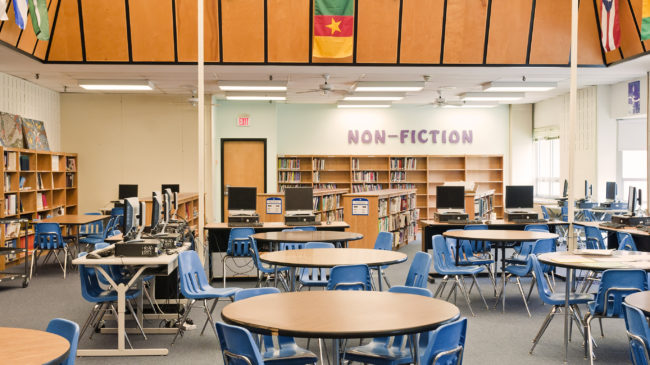In honor of National School Choice Week, parents, politicians, and education reformers are gathering across the nation to support programs that give families and children the opportunity to access an education that’s right for them. Over 51,000 school choice-related events will be held nationwide this year.
These events are sorely needed. Many families have few educational options besides a geographically assigned public school, trapping low-income families and forcing them to send their children to failing schools or those that aren’t the right fit for them. Sadly, school choice’s most prominent opponents include misguided Democratic politicians such as House Speaker Nancy Pelosi. The California Democrat hypocritically sent her children to elite private schools that most parents couldn’t afford while campaigning to keep school choice unavailable for the masses.
Of course, it’s the elite who already have unlimited school choice. Wealthier parents can easily place their children in private schools or relocate to localities with better public schools. As a practical result, politicians who oppose school choice end up opposing it for the poor and working class.
And, while school choice comes in many forms, the least controversial form of school choice, “open enrollment,” is often overlooked. Open enrollment is the simple notion that families should be able to send their children to the public school of their choice and not simply the school tied to their ZIP code or assigned by school district administrators.
Studies have shown that families seek alternative public schools for a variety of reasons. From escaping bullying to seeking special programs in areas such as the performing arts to wanting more competitive schools with better track records, parents and students should be able to choose the school that is best for them.
School choice is also popular among minorities.
African American students in Floridian public charter schools are more likely to attend college and score 4 percent higher on reading tests than their peers attending traditional public schools. In the case of Hispanic students, the average test score difference is a whopping 12 percent. In fact, school choice is such an important issue that an analysis found 100,000 votes from black mothers supporting a pro-school-choice Republican candidate, Ron DeSantis, played a decisive role in DeSantis’ 2018 gubernatorial election victory.
When public schools are forced to compete with each other to attract and retain students, they’re given incentives to offer better education services and opportunities. That’s why California’s public schools responded to students leaving under that state’s open enrollment program by analyzing data, holding meetings to address concerns, and implementing reforms. The results? Improved test scores and graduation outcomes for public schools that lost and gained students alike.
Today, 43 states have some form of open enrollment, but these programs have a long way to go.
Most states give school districts significant discretion to refuse interdistrict admissions. In Tennessee, this has resulted in school districts denying transfers despite having the capacity to accommodate the students. In states such as Texas, some districts charge interdistrict transfer students exorbitant tuition rates that rival private schools. This is done as a way to prevent transfers. Elsewhere, open enrollment is limited by arbitrary rules such as Arkansas’s three percent cap on how many transfers a district can allow.
Abolishing these bureaucratic restrictions and reforming school finance so taxpayer education dollars follow each child to the school of their choice would help ensure that these programs are as effective as they can be and deliver unparalleled benefits and opportunities.
This week’s school choice events are a reminder that open enrollment isn’t an issue of the political Left versus Right. It’s an issue of right versus wrong.
This column originally appeared in the Washington Examiner.

